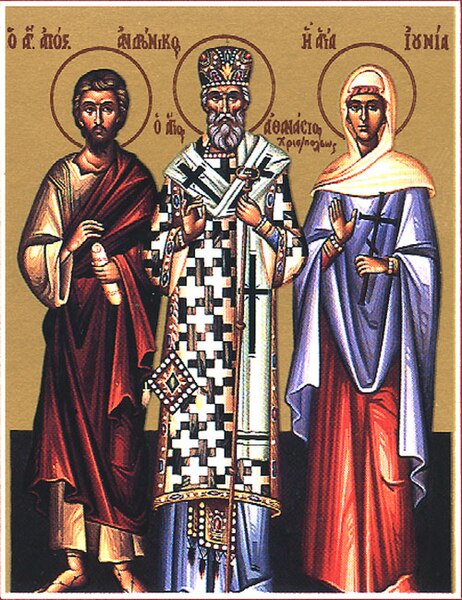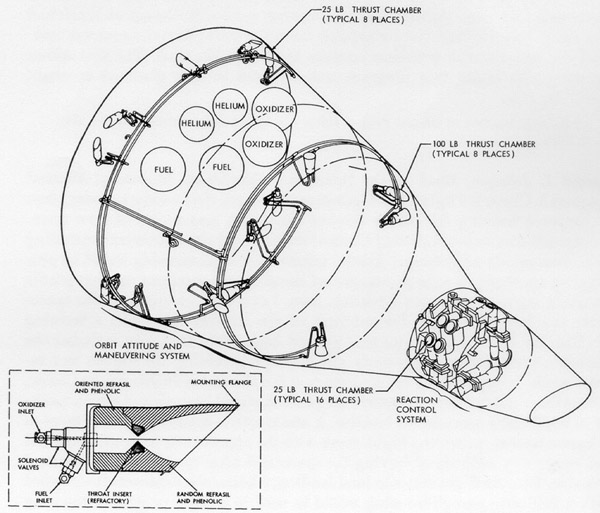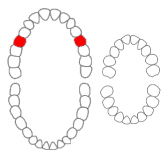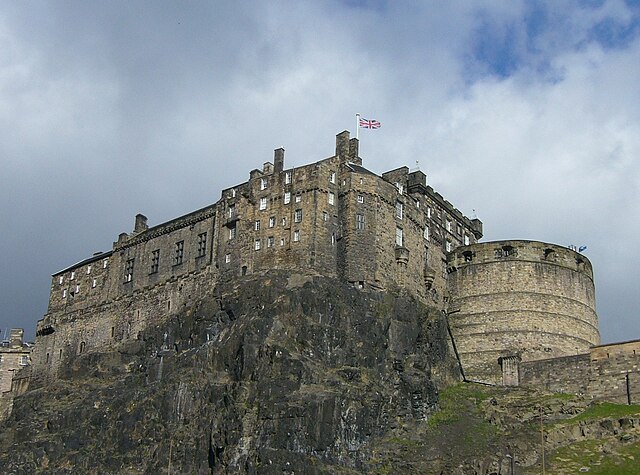We just learned about Epænetus, bishop of Carthage and one of the seventy disciples.
Another of the seventy was Andronicus - bishop of Pannonia.
When Paul was writing a letter to the people in Rome, one of the parts of the letter was written to Andronicus, who he said was in prison with him, and was a Christian before Paul had a vision of Jesus and believed.
Paul also mentions Junia, who people believe was the wife of Andronicus.
Andronicus and Julia went on to the place called Pannonia to spread the word of God.
Pannonia was a part of the Roman empire long ago, but now it is split up into parts of a bunch of different countries like Hungary, Austria, Croatia, Serbia, Slovenia, Slovakia, Bosnia and Herzegovina.

(from: wikipedia - andronicus of pannonia)
Kid Facts - Blast from the past: Proverbs 4 - The Path of the Righteous







